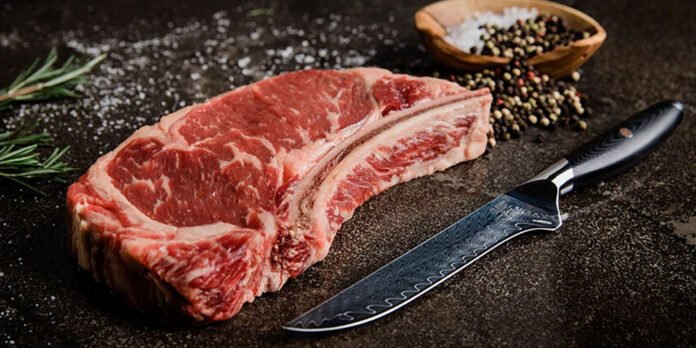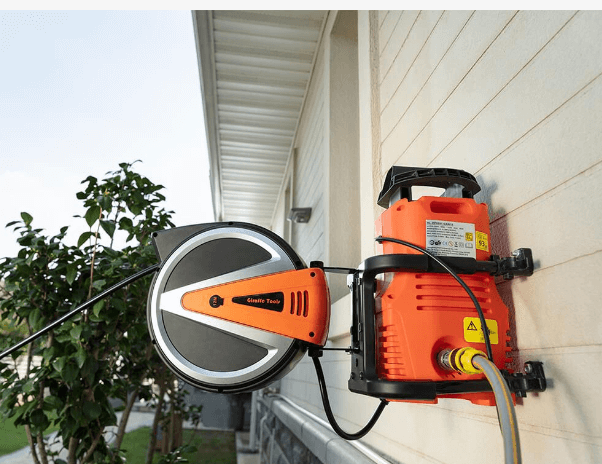The boning knife is the culinary instrument that is used to remove the flesh from bones before cooking. Any chef who wishes to make boneless slices of meat needs this extremely specialized instrument. Boning knives are kept by meat processors and butchers, as well as most professional kitchens. i marku boning knife comes in a variety of sizes since various types of meat need particular boning knives. Continue reading to find out more about boning knives.
Boning Knife Types
Boning knives, like many other cutlery, come in a variety of shapes and sizes. The boning knives might differ based upon the structural architecture and intended function. A few different boning knife types are described below to help you determine which type is perfect for you.
Curved
A curved boning knife features a curved-edge blade, as the term implies. Such knives are very good at peeling the skin off the fish. They’re also easy to move, and you may use them to get to the tiniest corners. If you regularly need to make tiny, fine cuts, a curved knife is the way to go.
Straight
A straight boning knife may be used to make finer slices with huge meat chunks like beef. If you’re acquainted with a variety of knife types, offering this one, a try will undoubtedly be advantageous. These knives are swift at dicing and slicing, and they can make precise cuts.
Flexible
A few boning knives have a completely flexible blade, while others have a semi-flexible edged blade. While slicing thin meat portions or separating soft meat, such a sort of knife seems ideal. A flexible knife might come in handy when you want to make thinner cuts.
Furthermore, flexible knives could get there without difficulty, making your cut neater than previously while cutting in tiny corners.
Stiff
A stiff knife is the best choice for cutting huge cuts of red meat. Such knives are best for cutting tough cuts of meat. Because these blades aren’t readily bent, you can guarantee a safer cutting practice even when working with bigger cuts of meat.
The utilization of such blades, however, is not confined to only red meat. One may also remove the skin of the fish with the boning knife.
Thin
Since thin blades aren’t designed for any particular meat cuts, they’re now really adaptable. This blade may be used to cut any sort of meat. The knife, on the other hand, will perform admirably when you’re looking for clean, trouble-free cuts.
Broad
A broad blade boning knife is comparable to a stiff blade knife in appearance. Large meat portions may be easily sliced through without any effort. It may also be used to remove the skin of fish such as salmon.
Boning Knife Characteristics
A boning knife differs from a chef knife in a number of ways. Here are a few of the characteristics of a boning knife described below.
- To make smaller cuts relatively convenient, boning knives could be flexible as well as semi-flexible.
- Based on the kind, the blade might be straight or curved.
- The size of the blade could range from 3 to 10 inches.
- Boning knives have been primarily designed for deboning meat.
- These blades are highly sharp and have a pointed edge.
Advantages of Boning Knife
There are pieces of information regarding the benefits of boning knives all through the writing. Let’s condense them to get a more visual picture.
- Boning knives help you minimize time by making rapid cuts.
- They save your money by precisely extracting the flesh from bones.
- Due to the obvious pointed end as well as the curved blade of the boning knife, you could make it very useful. To mention a few, deboning meat, peeling fat and skin, shaping and peeling fruits, coring cupcakes, and slicing baked items.
- With regular maintenance, a boning knife would endure a lot longer.
Disadvantage Boning Knife
There’s really no downside of using a boning knife, but for that, you must acquire the appropriate one.
It’s important to remember that not every boning knife can be used for a similar thing. Using a straight-bladed boning knife to debone tender meat might not have been the best option. Therefore, before buying a knife for the kitchen collections, consider what you’ll be using it for.
Conclusion
This article has provided you with all you were searching for. But if you are still not sure about buying a boning knife, keep one thing in mind: you may occasionally get yourself in such a scenario where you cannot locate the necessary tools to complete a task. And owning a piece of functional cooking equipment is not a waste of money.









